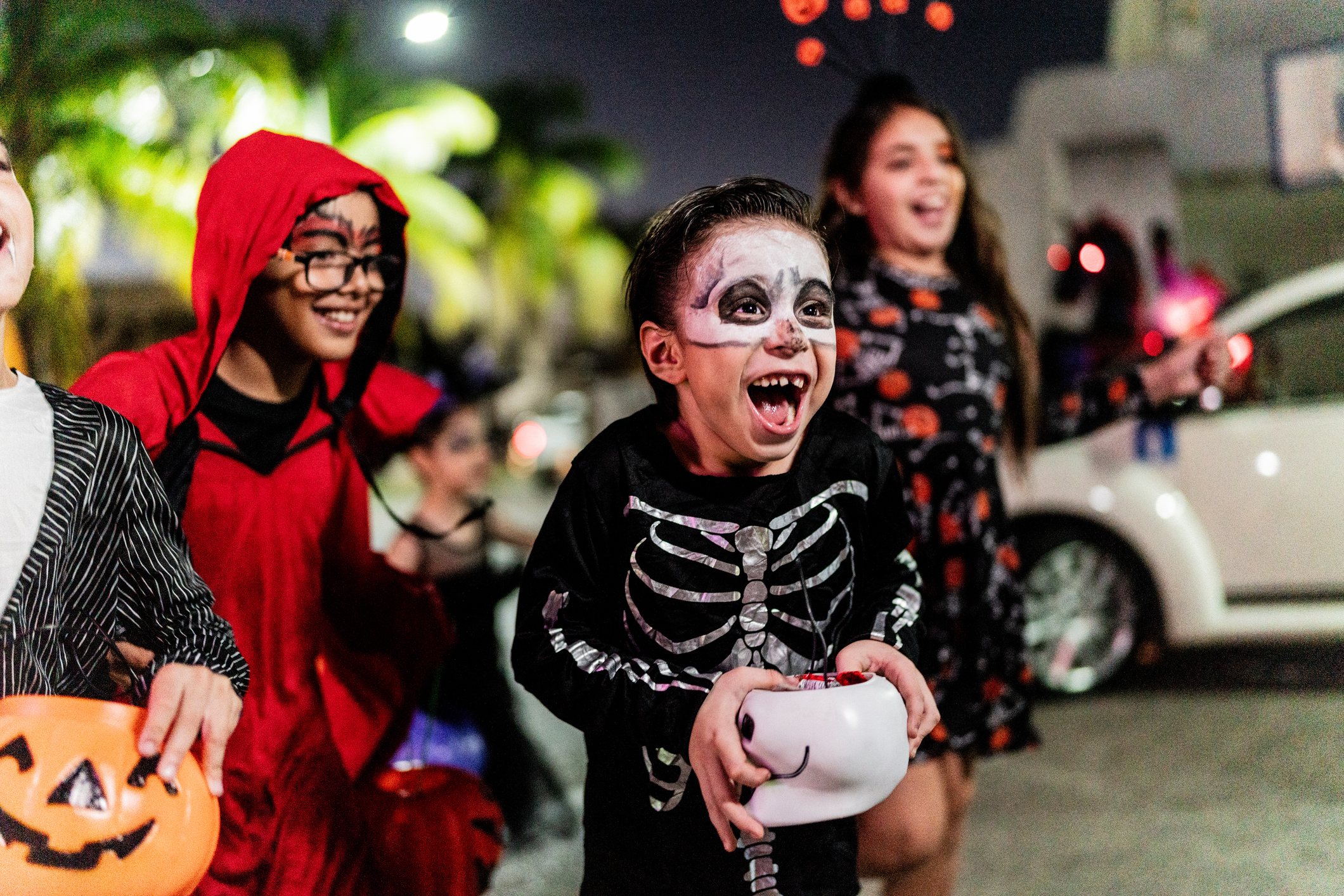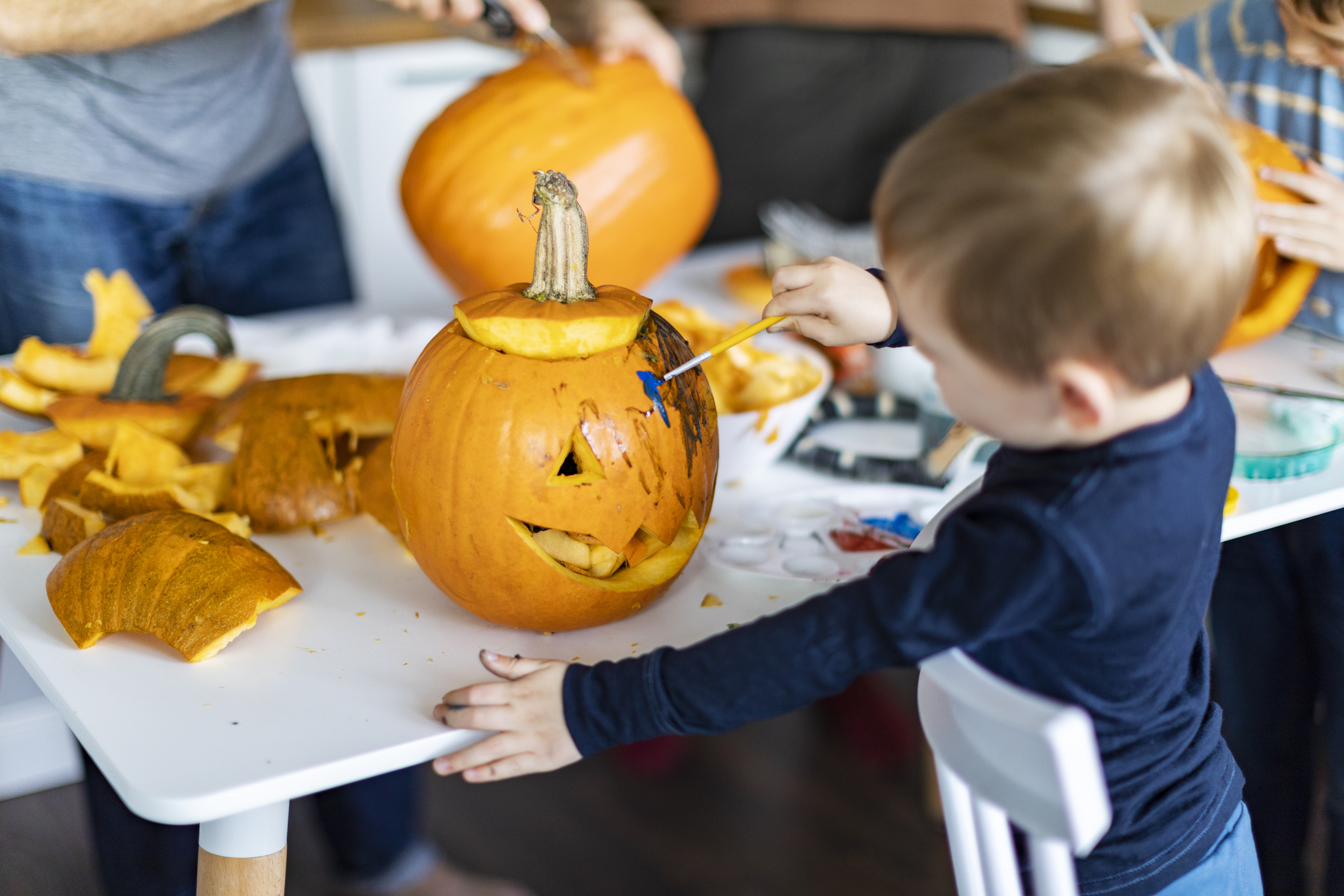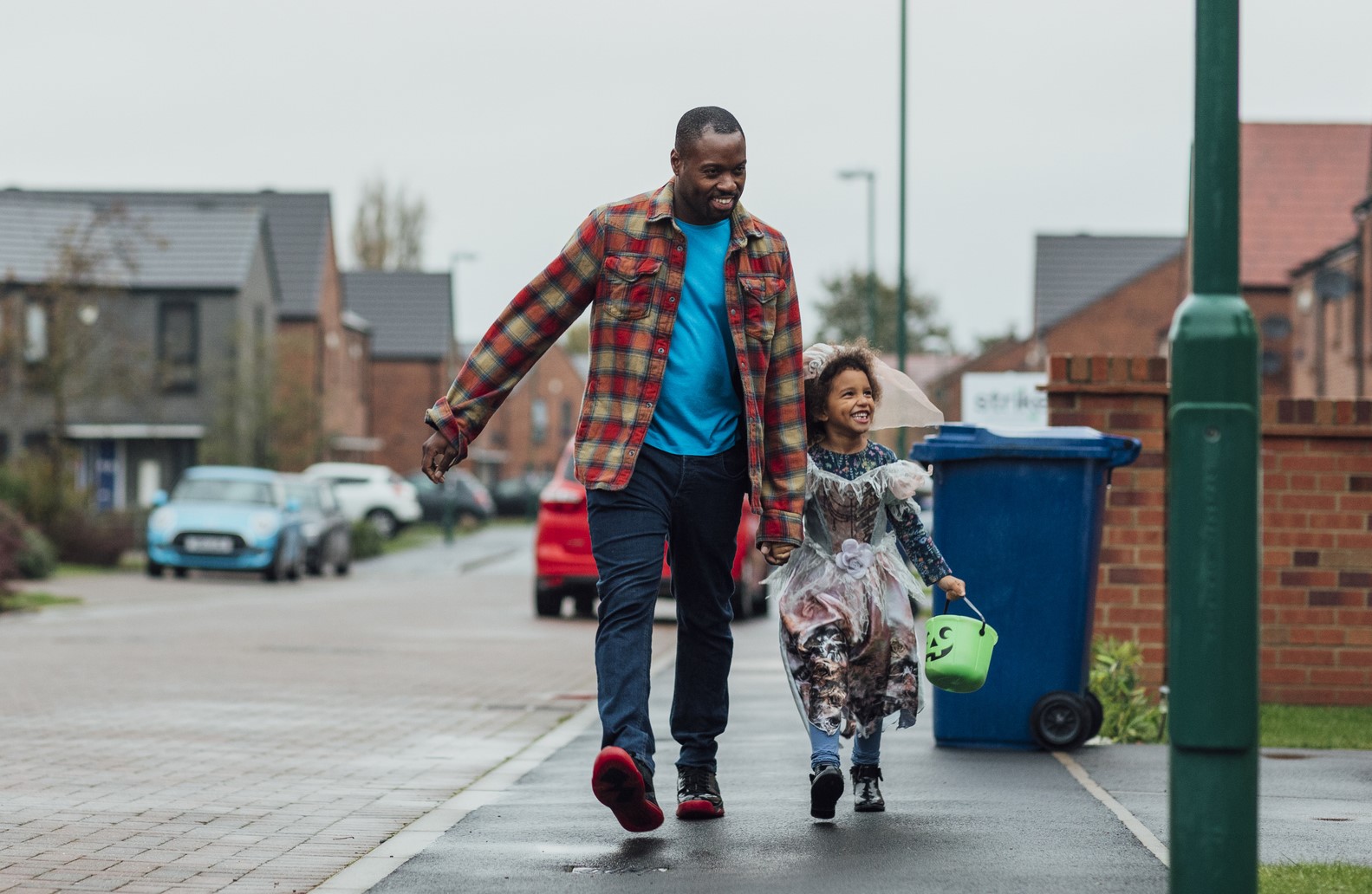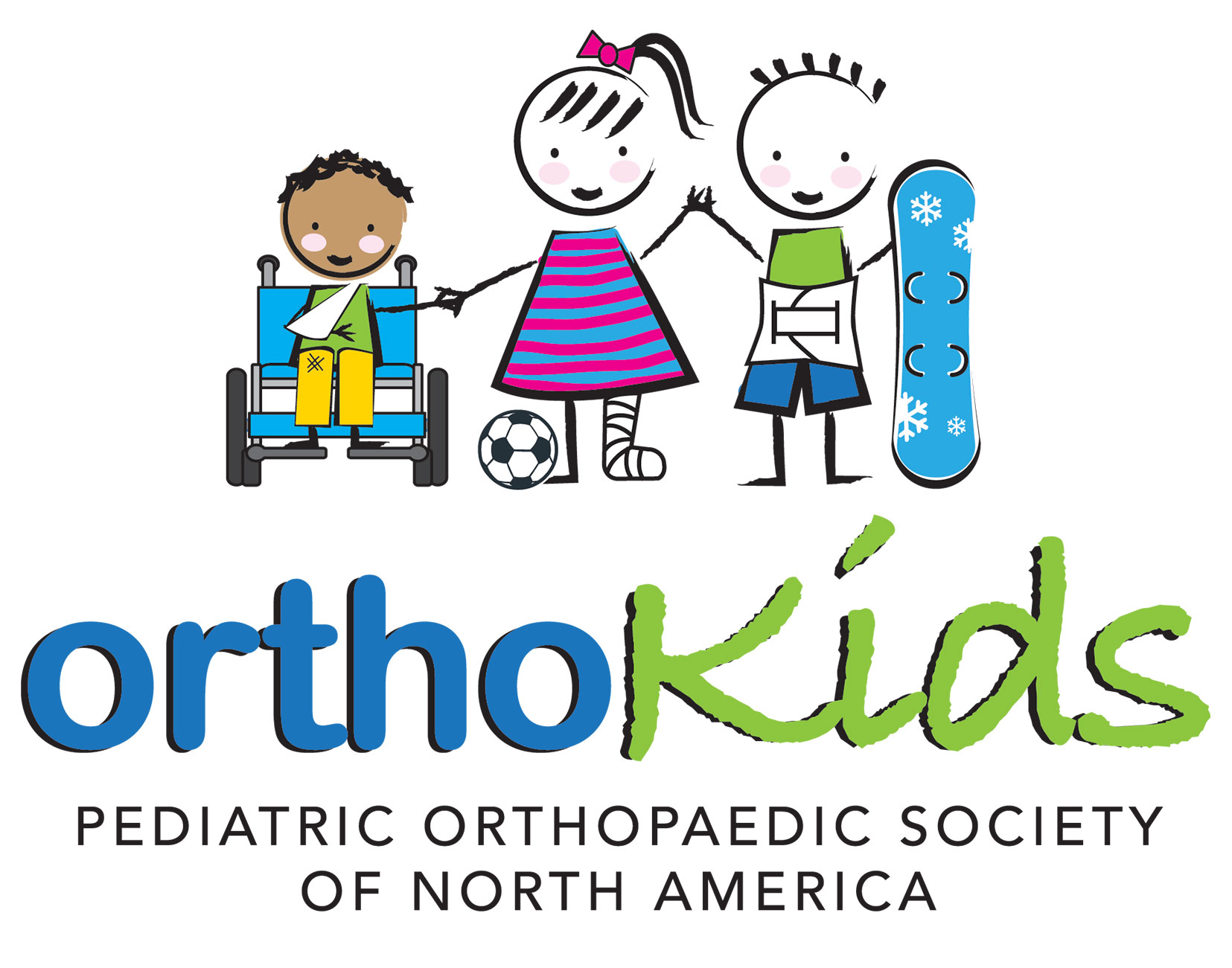Staying Healthy
Halloween Safety Tips
Many kids (and kids at heart) love Halloween. Pumpkins, spooky decorations, costumes, and trick-or-treating are fun for kids of all ages. Unfortunately, there is a downside to Halloween activities: Children often get hurt.
Wearing masks and costumes, as well as walking in unfamiliar areas in the dark, can lead to trips and falls. Bumps, bruises, and even sprains or fractures can quickly dampen children's spirits. In addition, pumpkin-carving can result in serious cuts on the hand and fingers, as well as injuries to bones and tendons.
Of course, there are many precautions you can take to help make your Halloween injury-free, such as the safety tips provided below.
Costumes
- Costumes should fit properly. Costumes that are too long may cause kids to trip and fall, so trim or hem them as necessary.
- Brightly-colored costumes make it easier for children to be seen at dusk or in the dark. Add reflective tape to costumes and treat bags to provide additional visibility.
- Wear sturdy, comfortable, appropriately-sized, slip-resistant shoes to avoid falls. Avoid high heels, flip-flops, and clogs.
- Full-face Halloween masks can obstruct a child's vision and should be avoided, along with hats that fall down over a child's eyes. Child-friendly makeup is a good option.
- Look for flame-resistant costumes and accessories.
- Avoid top- or front-heavy costumes that can affect balance and increase the risk of falling.
- Make sure that the child's costume is weather-appropriate, so the child does not get cold or overheated.
- Do not carry fake swords, spears, or other accessories that may cause injury if a child falls on or comes into contact with them.
Pumpkin Carving
- Young children should not carve pumpkins. They can get creative with paint, markers, or other non-carving decoration kits.
- Use a pumpkin carving kit or knives specifically designed for carving. These are less likely to get stuck in the thick pumpkin skin. Some Halloween carving devices, designed especially for older children, may be safe for use with parental supervision.
- Always carve pumpkins in a clean, dry and well-lit area, and make sure there is no moisture on the carving tools, the pumpkin, or your hands.
- If you are cut, apply pressure with a clean cloth and elevate the injured area above the heart. If bleeding does not stop within 10 to 15 minutes or if the cut is deep, you may need to contact your doctor. Make sure cuts are cleaned thoroughly with soap and water and covered with clean bandages.
- Avoid candles in Halloween pumpkins and other decorations. Instead, use non-flammable light sources, like glow sticks or artificial pumpkin lights.
Trick-or-Treating
- Children younger than 12 years of age should be accompanied by an adult. Parents of older children should plan a safe trick-or-treating route together and set specific times for children to check-in and return home.
- Older children trick-or-treating without parents should be reminded to always stay together.
- If the weather is hot or humid, bring a water bottle. It is important to stay hydrated to avoid heat injury.
- Walk, don't run, between houses to reduce the risk of trips, slips, and falls.
- Walk on sidewalks and never cut across yards or driveways.
- Cross streets at designated crosswalks and obey all traffic signals.
- Both children and parents should carry flashlights to help them see and be seen.
- Approach only those houses that are well lit. Remind children to never enter a home to obtain a treat.
- Be aware of both neighborhood dogs and dogs being walked on leashes. Remember that these pets can become scared or feel threatened when you approach their home or try to pet them and may react by pouncing or biting. Some dogs are also excitable and may jump up and accidentally knock you down. Never approach or try to pet a stranger's dog unless you have been given permission to do so.
- If possible, older kids who are not supervised by an adults hould carry a cell phone while trick-or-treating in case of an emergency.
- Be sure to throw away any unwrapped or spoiled treats.
Contributed and/or Updated by
Peer-Reviewed by
AAOS does not endorse any treatments, procedures, products, or physicians referenced herein. This information is provided as an educational service and is not intended to serve as medical advice. Anyone seeking specific orthopaedic advice or assistance should consult his or her orthopaedic surgeon, or locate one in your area through the AAOS Find an Orthopaedist program on this website.










